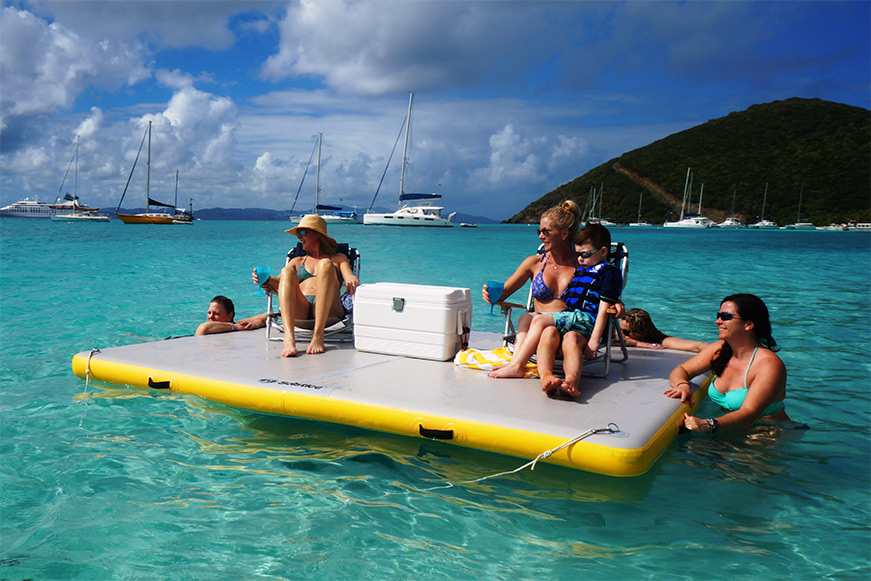When choosing materials for dock pilings, it is crucial to consider both the longevity and the environmental conditions that the structure will face. Dock pilings are exposed to constant wear and tear from water, weather, and marine organisms, so selecting the right materials can significantly extend the life of the dock. Wood and concrete are two common choices for dock pilings. Each has its strengths and weaknesses, and the best option depends on the specific location and use of the dock. When considering wood dock pilings, durability and treatment are essential factors. Some types of wood, like southern pine or Douglas fir, have natural resilience against decay. However, even the strongest woods will deteriorate in harsh marine environments unless properly treated. Pressure treatment using preservatives like creosote or copper-based solutions can enhance wood’s resistance to rot and marine borers. Marine borers, in particular, can cause significant damage over time, so ensuring the wood is adequately protected against these organisms is vital for longevity.

In addition to the type of wood and the treatment it receives, the climate and water conditions play a role in how long wood dock pilings will last. In tropical or subtropical regions, wood is more susceptible to faster decay due to high humidity and the presence of more aggressive marine organisms. In contrast, wood pilings in colder climates may last longer but can still be vulnerable to freeze-thaw cycles that cause cracking and splitting. Regular maintenance is also required to inspect for signs of damage or wear. While wood pilings are often less expensive initially, the ongoing cost of maintenance should be factored in when considering their long-term use. On the other hand, concrete dock pilings offer superior longevity with less maintenance. Concrete is resistant to most forms of decay that affect wood, such as rot, termites, and marine borers. However, the quality of the concrete and its reinforcement are critical for long-term durability.
Reinforced concrete pilings contain steel bars that provide additional strength. If the steel is exposed to water, especially saltwater, it can corrode and lead to cracking, reducing the piling’s effectiveness. To prevent this, high-quality concrete must be used with proper coatings or additives that resist water infiltration. Concrete pilings are also less affected by changes in weather conditions. They can withstand freeze-thaw cycles better than wood, making them ideal for locations that experience temperature extremes. However, concrete can still be prone to surface cracking or spalling if improperly installed or maintained. Despite being more expensive to install, concrete pilings often offer better value in the long run due to their lower maintenance requirements and longer lifespan. In conclusion, when selecting hiseadock pilings, the decision between wood and concrete depends on factors like environmental conditions, budget, and maintenance considerations.